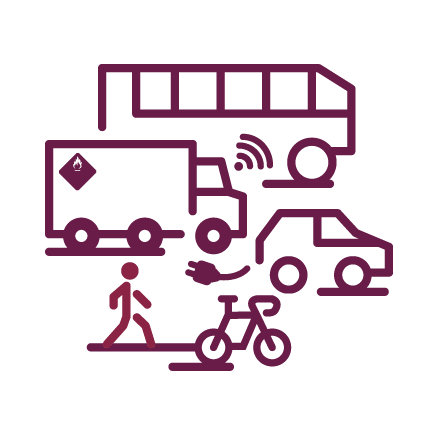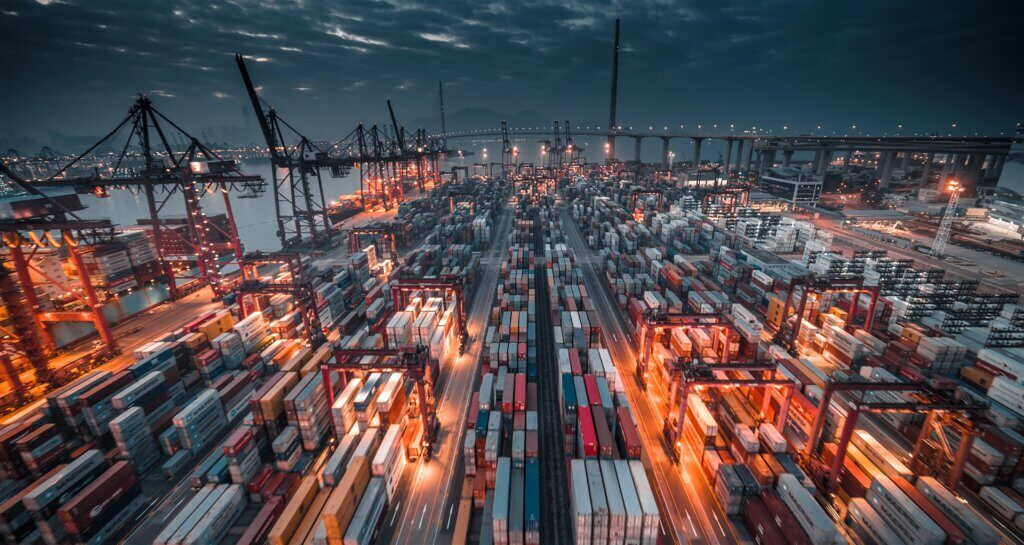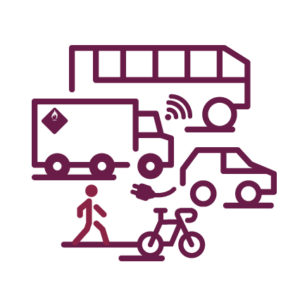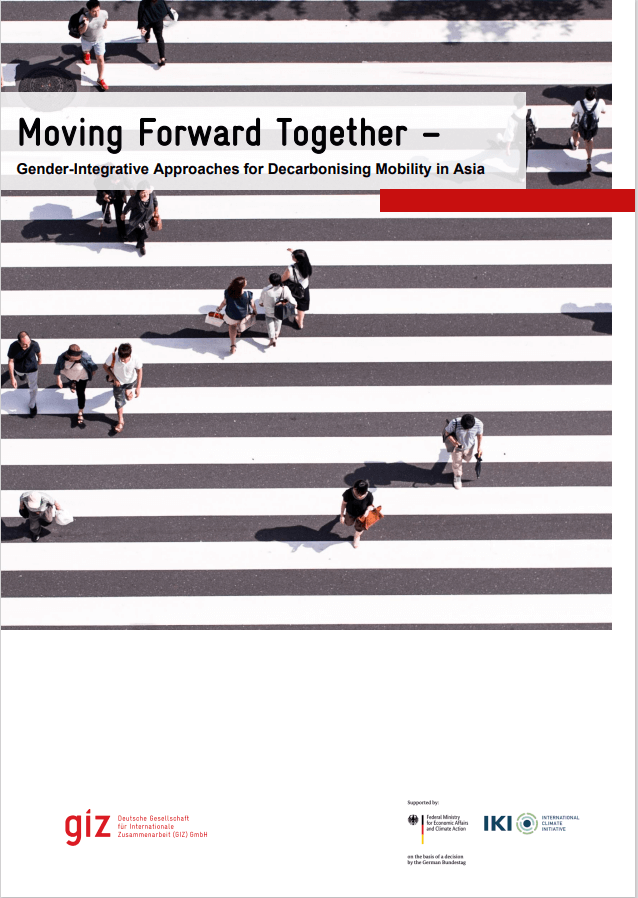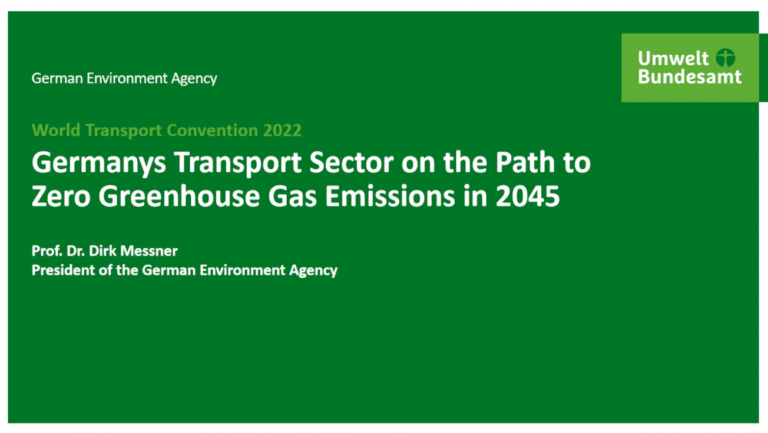Automation of container terminals and port processes promises a sustainable way to save energy, which is essential for a sustainable development of logistics. The aim of this study was to evaluate this ecological optimization potentials of the port of Tianjin by modernizing the terminal equipment and automating terminal processes. Investigation site is the “Five Continents International Container Terminal”, which is one of the first Container Terminals at the Tianjin port, whose rail-mounted stacking cranes (Rail Mounted Gantry Cranes (RMGs)) are already fully automated. The evaluation of the terminal data transmitted by the port enabled a before-and-after comparison of the energy consumption within the port terminal and made it possible to draw conclusions about the energy saving potential for the entire port of Tianjin. In this case, the automation of the port processes did not, or only marginally, lead to a direct reduction in energy consumption.
Since a large part of the energy consumption is caused by energy-intensive auxiliary equipment (like terminal lighting, container cooling), the automation of the terminals must be sensibly supplemented by further measures in order to transform the port of Tianjin into a “green” port. The greater potential of automation lies in indirect savings (lower operating times, avoidance of inefficient working methods). A savings potential of up to 25% can be expected here. Recommendations for action (regarding vertical transport, horizontal transport, service and auxiliary facilities, personal recommendations, and other measures) were derived.
This short technical study was developed jointly by the Fraunhofer Institute for Fraunhofer Institute for Material Flow and Logistics (IML) and the Chinese institute TIWTE. Data provided by TIWTE and the port of Tianjin (on energy consumption and efficiency) and other information were used to map the status quo of the port’s automation and to derive recommendations for action for political decision-makers and port operators.
If you would like to know more about automated container terminals, you can download below the full report in two languages.
The report is a product of the Sino-German Cooperation on Mobility and Fuels Strategy (MFS) as a Contribution to the Mobility and Transport Transition, which is implemented by GIZ on behalf of the Federal Ministry of Transport and Digital Infrastructure (BMVI).
Responsible for the report is Mr Alexander von Monschaw, GIZ in China.
